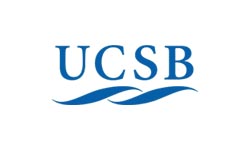Scam emails—also known as phishing emails—often pretend to be from trusted companies like Stripe, PayPal, your bank, or even your website host. Their goal is to trick you into clicking a link or providing sensitive information like passwords, account details, or payment info.
Here’s a quick checklist to help you identify a potential scam email:
Scam Email Red Flags
- Strange or Suspicious Sender Address
- Look closely at the “From” email address. Scammers often use addresses that look official but are slightly off (e.g., [email protected] instead of [email protected]).
- Urgent or Threatening Language
- “Your account will be deactivated!”
- “Immediate action required to restore payouts!”
- Scammers want to panic you into clicking before thinking.
- Unexpected Requests
- Asking you to “verify your account,” “update billing info,” or “confirm your identity” out of the blue is a red flag—especially if you’re not expecting it.
- Generic Greetings
- “Dear Customer” or “Hello User” instead of using your actual name or business name.
- Weird Formatting or Grammar
- Poor grammar, strange spacing, or formatting errors can be signs it didn’t come from a professional source.
- Unfamiliar Links or Attachments
- Hover over any link (don’t click!)—does the URL match the company’s real website? If not, it’s likely a scam.
️✅ What To Do If You Receive a Suspicious Email
- Don’t click any links or download attachments.
- Go directly to the company’s website by typing the URL into your browser—not by clicking a link in the email.
- Report the email (e.g., forward Stripe scams to [email protected], PayPal scams to [email protected]).
- Mark the message as spam or phishing in your email client to help filter future scams.
- Let your team know, especially if you think anyone else might’ve received it too.
If you’re ever unsure, feel free to forward the email to us—we’re happy to help verify if it’s legit.




























